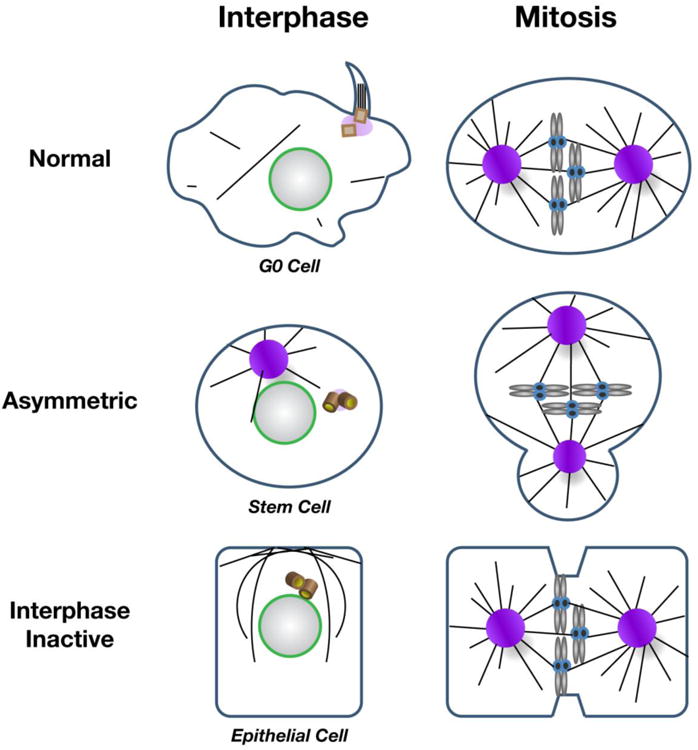Figure 4. Strategies for regulating centrosome activity.

(A) MT nucleation is differentially regulated in various cell types. In many normal mammalian cells, quiescent (G0) cells form primary cilia during interphase when the centriole docks at the plasma membrane. Cilia are reabsorbed by the cell prior to mitotic onset, when centrosomes function as MTOCs and contribute to spindle formation. Variations on interphase centrosome activity control are observed in Drosophila asymmetrically dividing stem cells, which display asymmetric interphase centrosome activity (one off, one on). During mitosis, both centrosomes are active in stem cells. In contrast, Drosophila and C. elegans epithelial cells deregulate interphase centrosome activity and MTs are nucleated from the apical cortex. Centrosomes mature, or become active, upon mitotic onset. Centrioles (brown barrels) denote inactive centrosomes.
